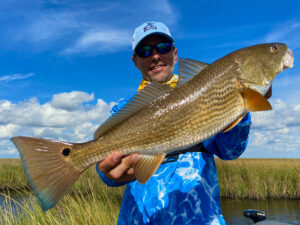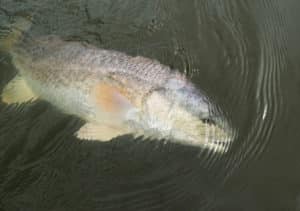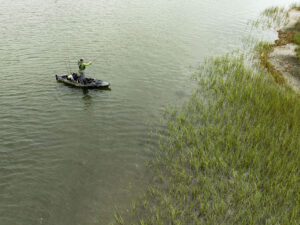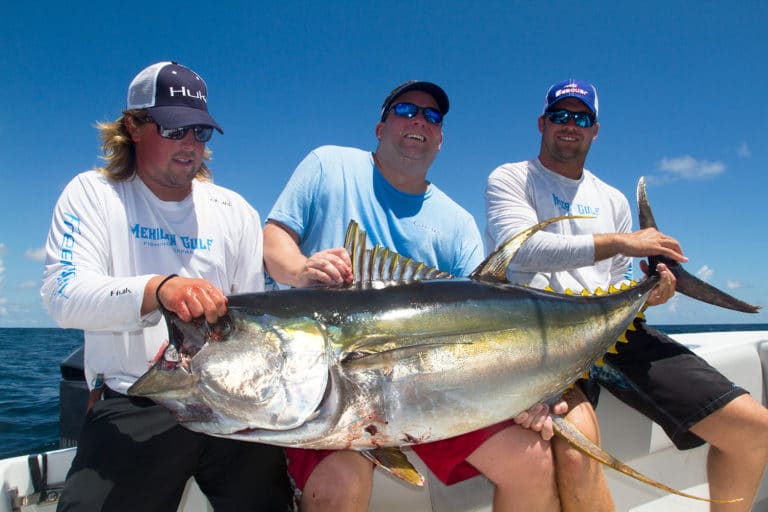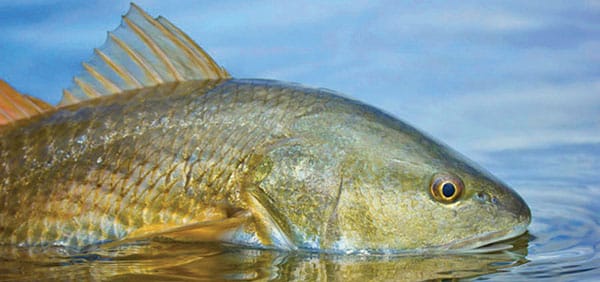
releasing fish
**Release Recommendations **
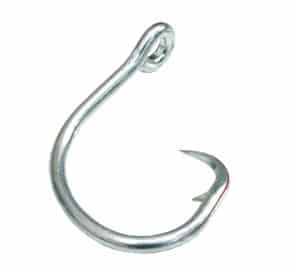
| |IGFA|
Modifying the types of hooks you use can significantly affect a fish’s chances for survival after it is released. When fishing with natural bait (dead or alive), IGFA strongly encourages the use of non-offset circle hooks. Extensive research on species from salmon to sailfish has demonstrated that circle hooks gut hook significantly fewer fish without sacrificing catch rates. Lures that have treble hooks should have the barbs bent down or removed to facilitate easier hook removal.
Interested in the science behind circle hooks? Read Circle hooks, ‘J’ hooks and drop-back time: a hook performance study of the south Florida recreational live-bait fishery for sailfish, Istiophorus platypterus published in Fisheries Management and Ecology in 2007.
Landing and Hook Removal
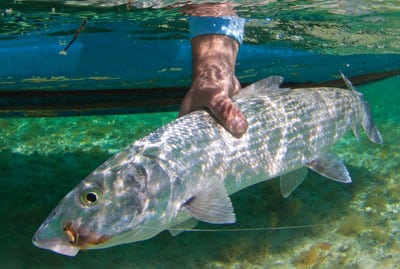
| |photo courtesy sportfishingimages.com|
If you’re not going to photograph your fish or document it for record purposes, the best method is to not remove the fish from the water. In-water releases can be aided by the use of de-hooking devices that eliminate the need to boat the fish and keep hands safe distances away from the fish. If the fish has swallowed the hook, it is much better for the angler to cut the leader as close to the fish as possible, rather than trying to forcibly remove the hook.
If a fish needs to be removed from the water to remove the hook and/or document it for record purposes, anglers should use either their hands or knotless, rubberized landing net. Most small to moderately large sized fish can be landed by hand. Ideally, this should be done with wet hands or soft, wet gloves to minimize slime and scale loss. Lip gripping devices may be used to help subdue fish. However, they should not be used to hoist fish vertically out of the water, as this can cause damage to jaw muscle and bone as well as to internal organs. The best method for removing fish from the water is to grip the fish or the lower jaw and support the fish’s underside. Again, the point is always to hold fish horizontally and not vertically.
Documentation
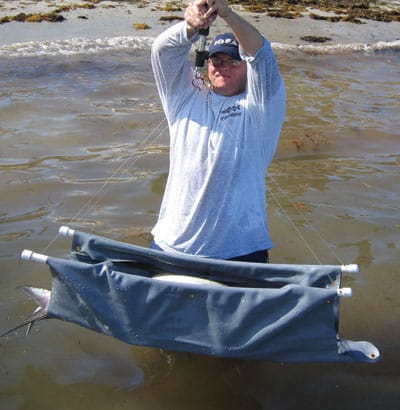
| |photo courtesy sportfishingimages.com|
IGFA records require pictures, measurement and/or weighing of the catch. All of this takes time, so you should have the necessary equipment ready before landing the fish. If a fish is to be weighed, horizontal slings are preferred. However, scales that weigh fish vertically still provide a chance for survival if done quickly. Fish should be measured on a smooth, wet surface. Never place fish on a hot, rough surface as it can result in slime and scale loss, which can make the fish prone to infection and death. If the documentation process takes longer than several minutes, periodically place the fish back in the water or in a live well to allow it to breath.
Rather than weight, the IGFA All-Tackle Length world record category is based exclusively on length and requires that the catch be released. All fish submitted for this category must be measured and photographed on an Official IGFA Measuring Device, available for purchase at http://store.igfa.org.
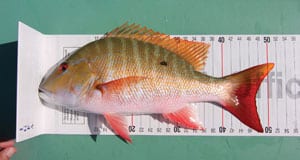
| |IGFA|
Releasing
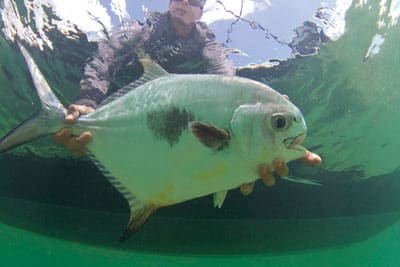
| |photo courtesy sportfishingimages.com|
Considerable time and care should be exercised when releasing fish. First, when possible, release fish in areas away from predators. During the fight and landing, there is a short term accumulation of lactic acid and stress hormones in fish muscle that makes it more difficult for them to evade predators after release. Fish should be placed in the water and held by the base of the tail. If the fish does not swim away from your grasp on its own, gently move it forward in the water to get water flowing over the gills. For best results, move the fish in the forward direction only instead of back in forth. A fish’s gills somewhat resemble the pages of a book and are designed for water flow in only one direction. Moving the fish in a slow circle or gently towing it behind the boat will accomplish this.
By properly landing and handling fish that are destined to be released, you’ll be doing your part to ensure that there will be more and bigger fish for the next generation of anglers.


